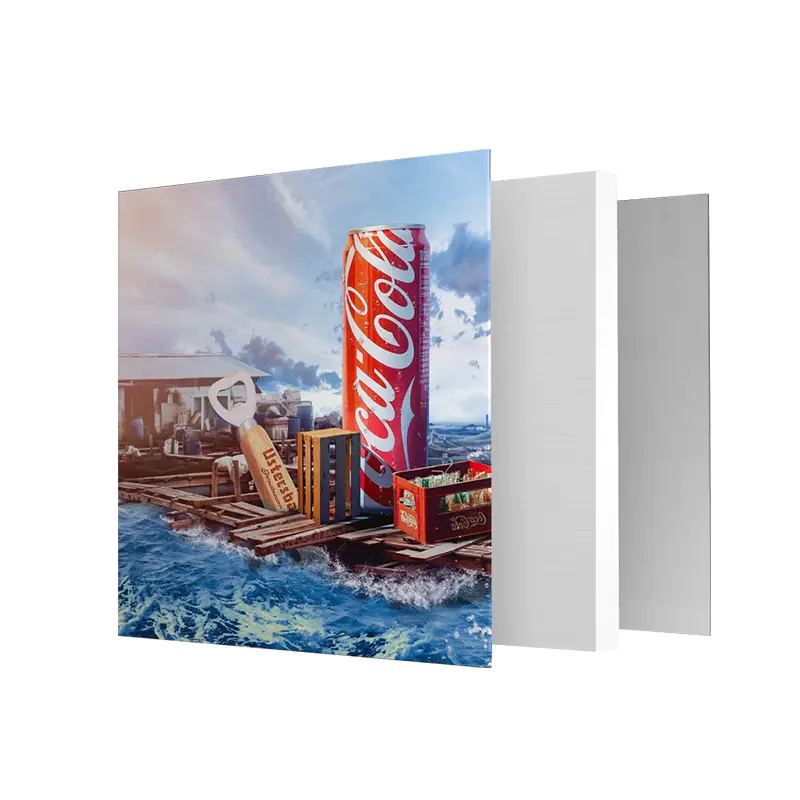Sustainability in Construction with ACP Panels
Eco-friendly Materials
ACP panels are often made from recycled materials, including aluminum and other non-toxic substances. The use of such materials significantly reduces the environmental footprint of the building process. With the increasing emphasis on green building certifications, ACP panels contribute positively to LEED (Leadership in Energy and Environmental Design) ratings and other environmental certifications.
Energy Efficiency
With their excellent thermal insulation properties, ACP composite panels help regulate a building's internal temperature by minimizing heat loss or gain. This leads to reduced energy consumption for heating and cooling systems. By improving a building’s energy efficiency, ACP panels contribute to lower carbon emissions, enhancing the overall sustainability of the structure.
Lightweight Design and Reduced Structural Load
One of the greatest advantages of ACP panels is their lightweight nature. Reducing the weight of building materials decreases the structural load, which in turn allows for the use of smaller, more energy-efficient foundations and support systems. This reduction in the need for heavier building materials can lower the carbon footprint of the construction process.
Durability and Longevity
The long lifespan of ACP composite panels directly contributes to sustainability. Their resistance to wear, weathering, and corrosion means that they require minimal maintenance, reducing the need for frequent replacements. As a result, the lifecycle of a building is extended, reducing waste generation and the consumption of new materials over time.

Low Maintenance Requirements
Unlike traditional building materials such as wood, ACP panels do not require regular upkeep like painting or sealing to maintain their appearance. The durable surface of these panels is resistant to fading, scratching, and denting, which translates to lower maintenance costs and a reduced need for resource-intensive repairs over time.
Economic Benefits of ACP Panels
Cost-Effective Installation
ACP panels are easy to install due to their lightweight and modular design. Their ease of handling and minimal need for specialized equipment or labor reduce both installation time and associated costs. These economic advantages make ACP composite panels an attractive choice for developers looking to keep project costs under control while maintaining high-quality results.
Energy Savings Over Time
Given the excellent insulation properties of ACP panels, buildings constructed with them require less energy for heating and cooling. Over time, these savings can add up, offsetting initial installation costs and providing long-term financial benefits for building owners.
Maintenance Savings
The durability of ACP composite panels means that building owners do not need to invest heavily in regular maintenance. The panels are resistant to fading, staining, and weather damage, which reduces the need for frequent repairs or replacements. This not only saves money but also conserves resources by reducing waste and the need for new materials.
Environmental Impact of ACP Panels
Reduced Carbon Footprint
The production of ACP panels involves processes that are increasingly energy-efficient, with manufacturers adopting green technologies and reducing emissions. Moreover, as ACP panels are lightweight, they reduce the energy required for transportation, contributing further to a decrease in overall carbon emissions.
Recyclability
ACP composite panels are recyclable at the end of their life cycle. The aluminum material used in the panels can be repurposed, minimizing waste and reducing the demand for virgin resources. This closed-loop system of recycling supports a more sustainable approach to construction and manufacturing.